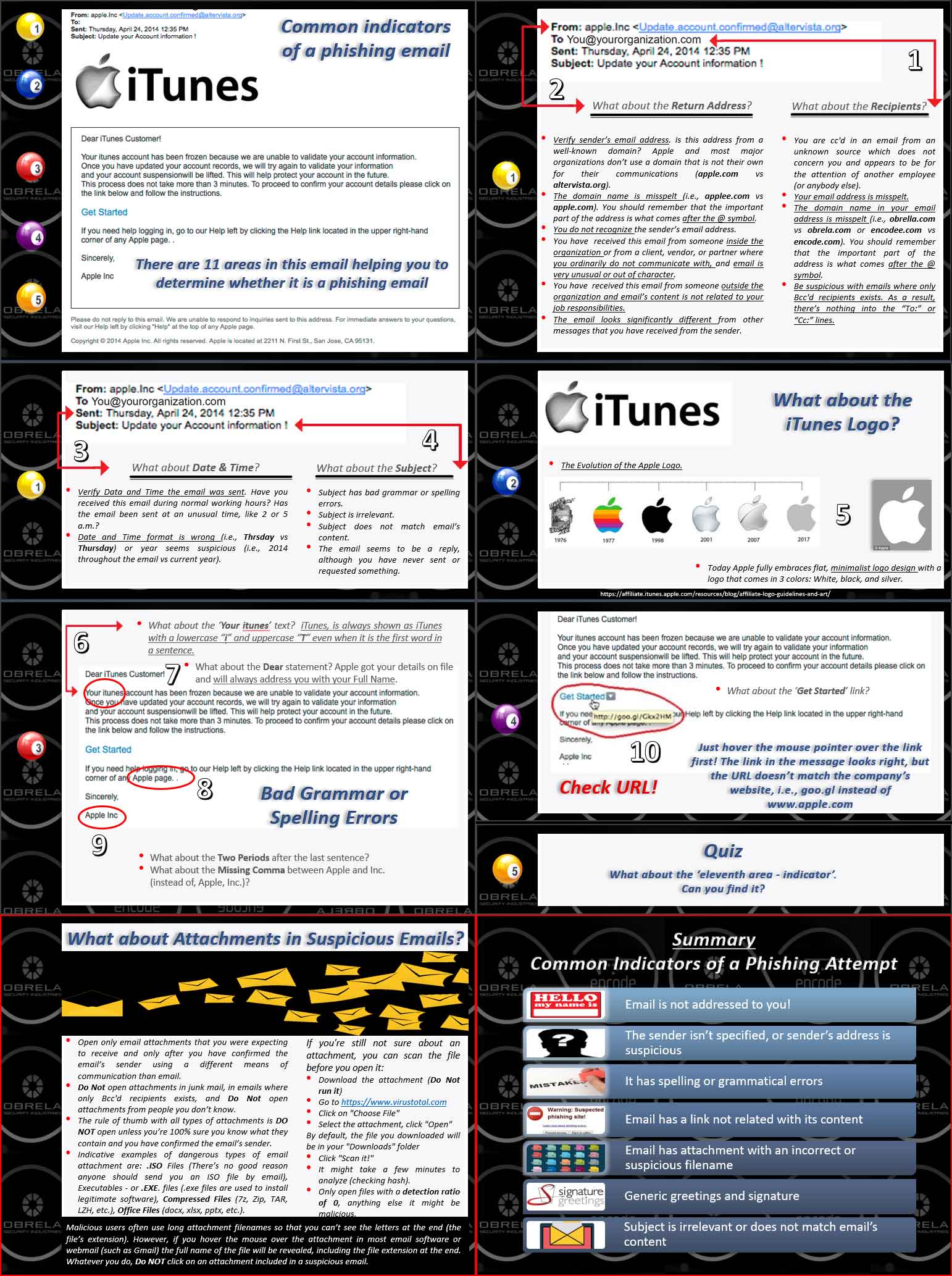According to a recent research, 81% of organizations around the world have experienced an increase in email phishing attacks since March 2020. According to Verizon’s 2021 DBIR, around 25% of all data breaches involve phishing and 85% of data breaches involve a human element. According to IBM, one in five companies that suffered a malicious data breach in 2021 was infiltrated due to lost or stolen credentials, while 17% were breached via a direct phishing attack.
In 2022, phishing attacks have not only increased substantially, but they have also taken a new turn of events. To be specific, the classic email phishing attack approach is giving more space to other significant phishing trends such as impersonation scams through social media, Business Email Compromise (BEC) attacks or Hybrid Vishing attacks (where adversaries sent an email designed to fool recipients into calling phone number).
In this regard, you must think of the Internet and Email as a place where you should use common sense and caution to avoid to the extent possible the dangers that threaten your personal or corporate data! Knowing the kinds of risks that can occur with Internet and email use can help you avoid problems. Let’s see an example of a phishing email attack (via the image that follows) and how using common sense can help you avoid putting at risk your personal or corporate information.
Stay healthy, stay secure!




